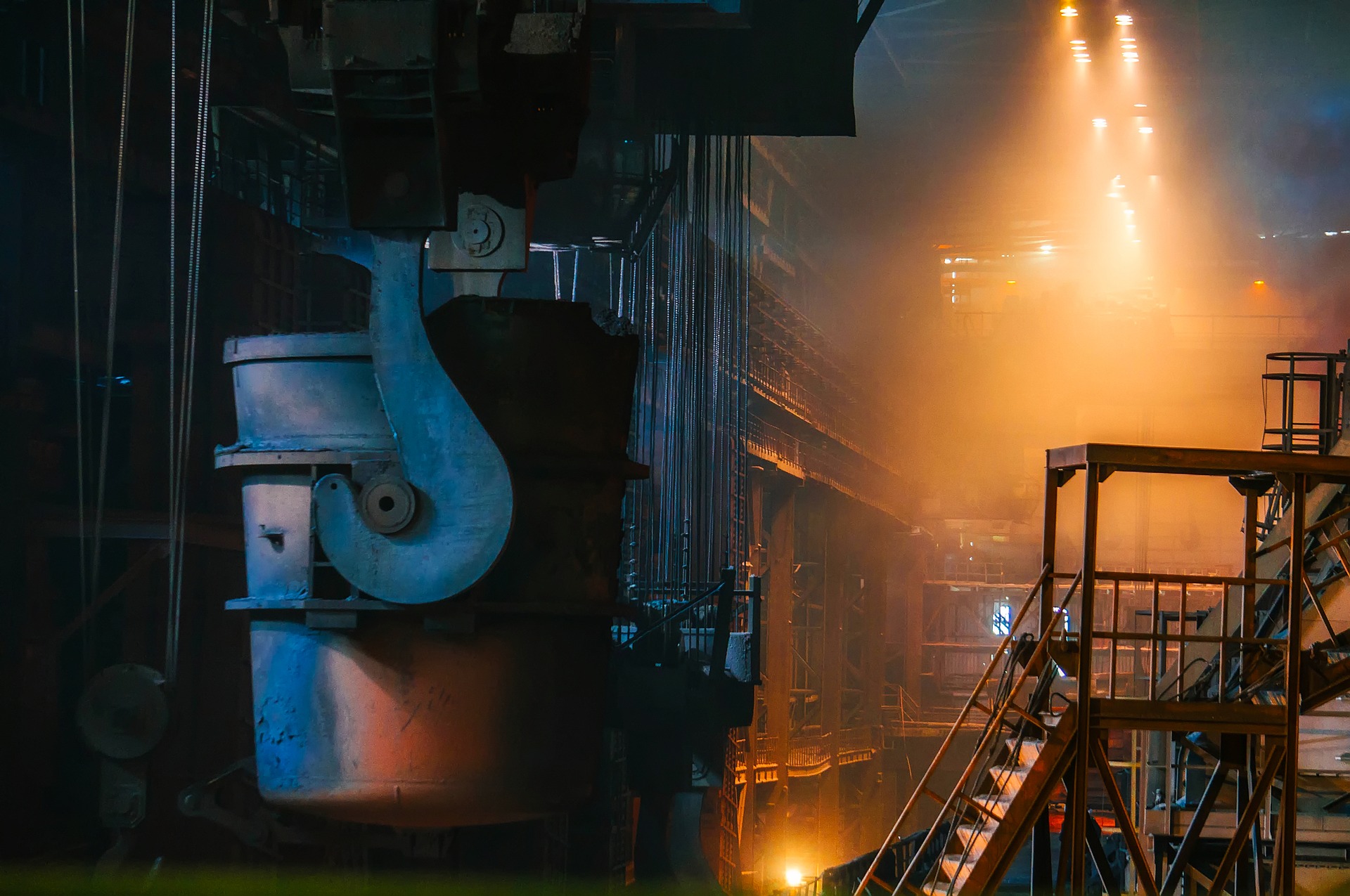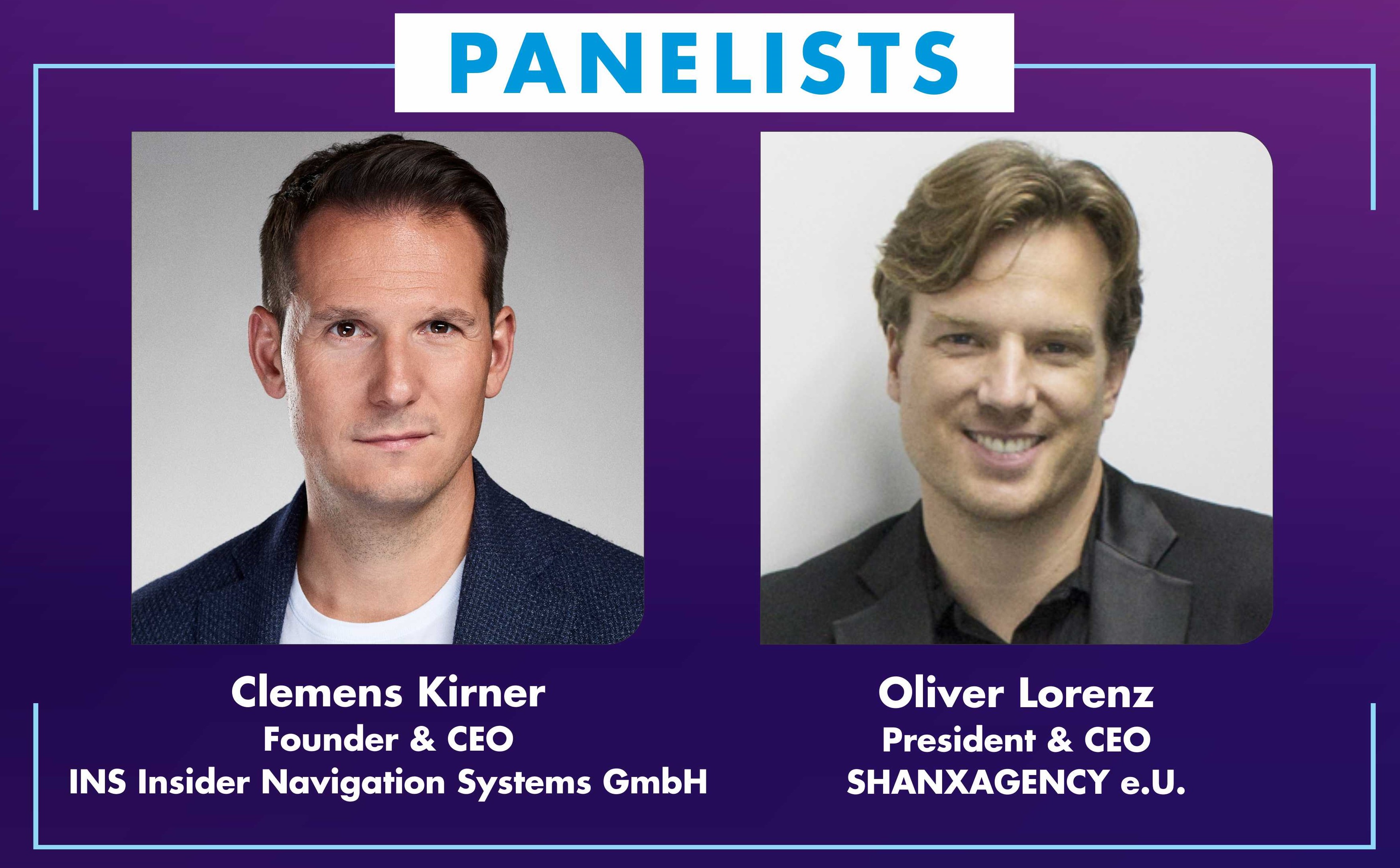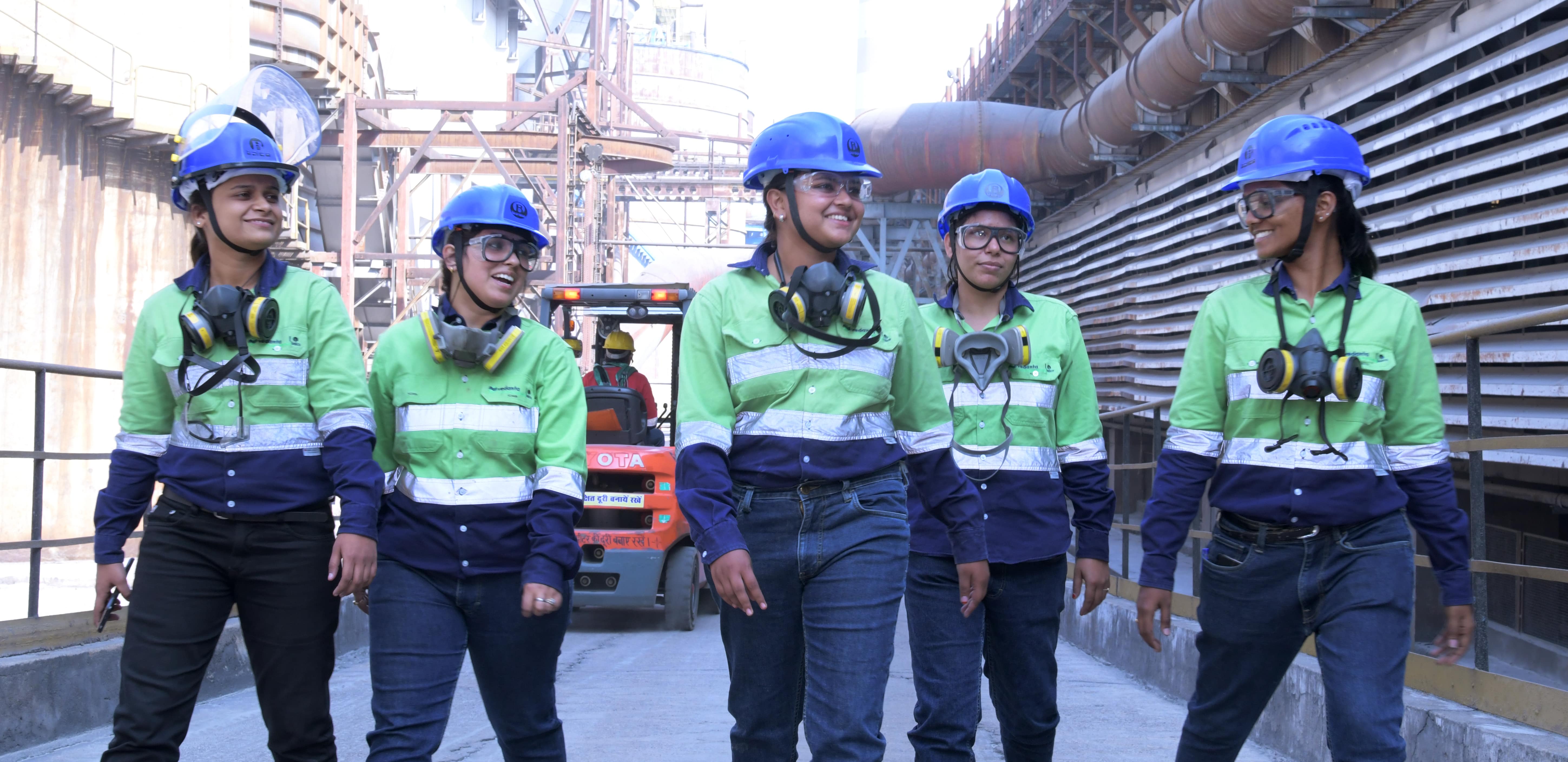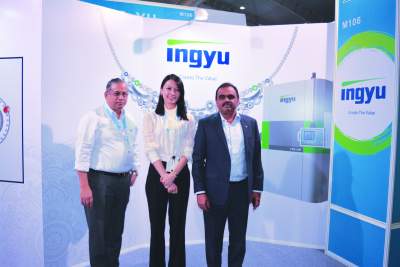zinc die-casting
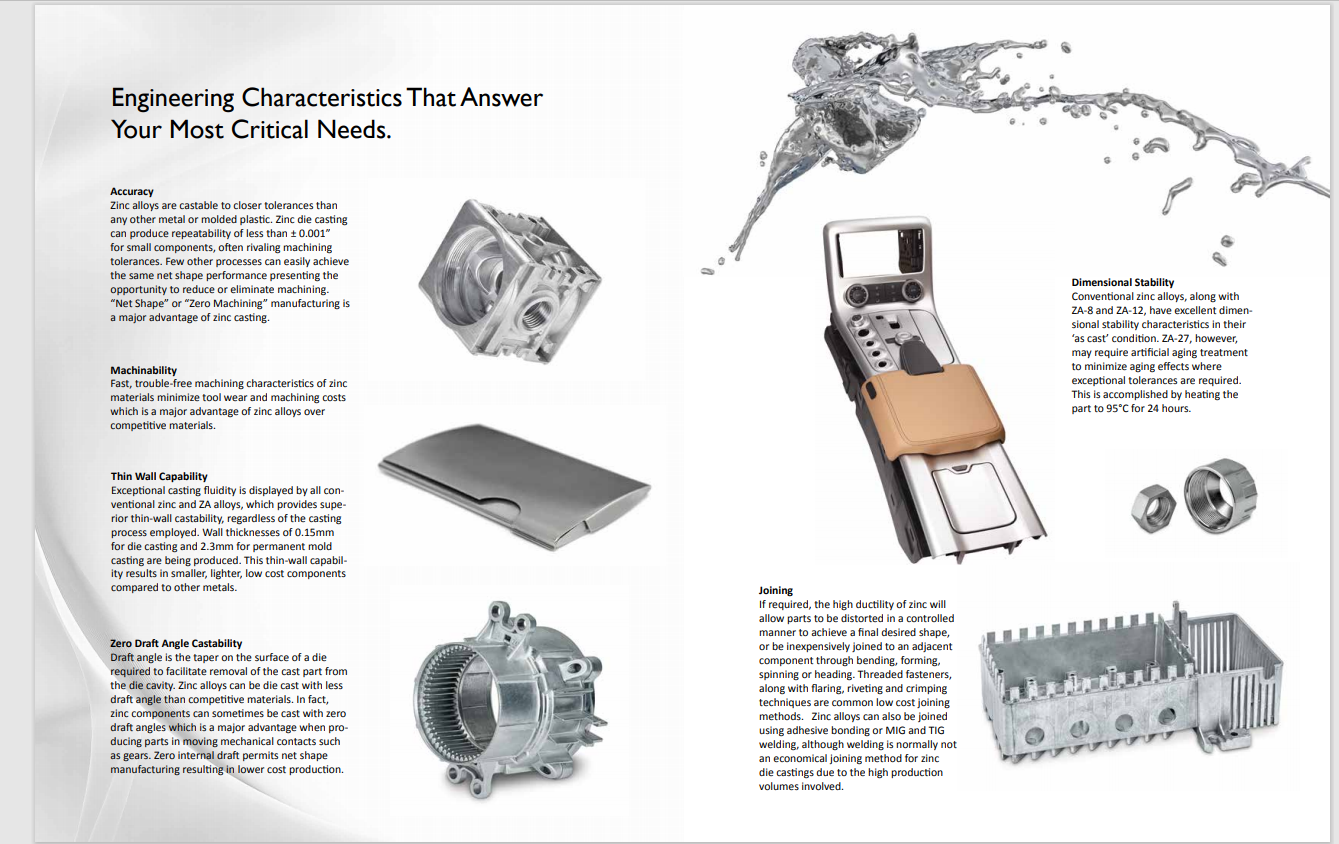
The latest technology can offer superior finishing capabilities and choice of casting processes making zinc alloys a highly attractive option for modern die casting
National, August 12th, 2021: The automobile and hardware segment has witnessed substantial growth over the years, at the back of enhanced technologies. To discuss one such advancement, the International Zinc Association (IZA), a leading industry body dedicated exclusively to the interests of zinc, in collaboration with Hindustan Zinc Limited organized a webinar today on Zinc Die Casting: A Billion-Dollar Opportunity. Aimed to steer conversations around advanced engineering technologies that can not only offer rigidity to steel structures but also offer corrosion protection, the platform saw leading voices from the steel and die-casting sector deliberate over the application of ultra-thin zinc die casting alloys in various sectors including automobile and hardware.
Distinguished speakers from diverse fields including Mr. Manish Maheshwari, (General Manager Design, Roca Bathroom, Products Private Limited), MrSachin Shetty (Managing Partner, Quesrow Management Consulting), Mr. Sanjeev Verma (Director, Associated Technocrats Private Limited) Mr. Sandeep Tandon (Director, DST, Tech Private Limited), Mr. Sandeep Singh (Dy. Director —Product Application and Customer, Technical Services, Vedanta, Limited Hindustan Zinc) were seen sharing insights on some of the most defining aspects of zinc die-casting alloys with anecdotes of success in the Chinese market. Key experts also mulled over the impediments in the application of the technology in India and policy reforms that can help the MSME segment mitigate the challenges of the zinc die-casting industry.
Throwing light on the recent developments, Director (India) of International Zinc Association – Dr. Rahul Sharma said, “Zinc die-casting (ZDC) dominates all facets of engineering industries due to its unique properties, vis-à-vis its closest rival Aluminum in the die-casting arena. ZDC is time and energy-efficient with lower processing costs. Since it’s heavier and produces excellent surface finish post-casting and processing, it is an ideal replacement for traditional brass castings. Better casting precision, closer tolerances, it provides high fluidity with ultrathin castings up to 0.40mm.”
The new ultra-thin zinc dies casting alloys significantly improve zinc alloy fluidity to allow a reduction in casting section thickness to 0.3 mm or less. This offers the potential of saving material, weight, time, energy, and costs relative to other engineering alloys. Their unique technical properties are being recognized by some designers and users and will impact the market. Zinc die-casting finds its application in automobile, hardware, and bathroom faucets. However, the subject of its application to control corrosion and awareness has largely been restricted to fewer entities. Globally, 18% of the Zinc produced gets absorbed for Zinc die-casting – a popular manufacturing process used in the automobile, bathroom, and sanitary ware segment.
However, only 8% of the Zinc gets consumed for die-casting in India which is far below the world average. Moreover, Zinc alloys have been stated to comfortably conform to the requirements of the End-of-Life Vehicle (ELV), Restriction of Hazardous Substances (RoHS), and Waste Electrical and Electronic Equipment (WEEE) legislation by International chemical composition standards which makes it an environment-friendly, sustainable technology. These statistics indicate that it is imperative to push both in terms of strategic relations and structural reforms by the government. Policy measures are necessary not only to make India a global hub for MSMEs in Zinc die casting but will also provide employment opportunities across sectors.
“If we compare our present status in comparison to other developing nations like China, India lags behind tremendously despite having zinc surplus. China has a 50% plus market share worldwide against 1.5% for India which is minuscule. China employs 15 million people in zinc die-casting space as compared to a few lakhs by India. Globally, 18% of zinc produced gets absorbed for zinc die casting. However, only 8% of the zinc gets consumed for die-casting in India which is far below the world average despite the fact that India has one of the largest reserves of Zinc Ore and Hindustan Zinc Limited in the world’s second-largest Zinc producer. While there have been small enterprises and MSMEs exporting zinc and related raw material to global markets, the quantity and quality are far behind global requirements,” Sharma added.
Highlighting the success story of the Chinese Zinc Die-casting industry, Mr. Joe Annetts (Consultant, International Zinc Association) emphasized the necessary policy reforms that are required to put India on the global map of Zinc die-casting. He stressed upon deployment of sustainable technologies such as zinc die-casting parks across states that will not only bolster businesses but will also provide much-required impetus to zinc die-casters in Tier II and III markets. Adding to this, P. Udayakumar, Director (P&M), NSIC Ltd. threw light on the lack of awareness around Zinc die-casting alloys and the existing skill gap in the market. All the panelists underscored the need for technical training for zinc die-casters in the country and the government support that is required to help MSMEs grow a sustainable, profitable business.
The event saw the presence of over 500 distinguished representatives spanning industry, academia, research, startups, and government organizations.
About International Zinc Association
The International Zinc Association (IZA) was created in 1991 by a group of leading zinc & steel producers to represent the zinc industry globally. IZA’s activities are to sustainably grow markets and maintain the industry’s license to operate through effectively managed initiatives in research and development, technology transfer, and communication of the value of zinc. Operating internationally and locally through its regional affiliates, IZA helps sustain the long-term global demand for zinc and its markets by promoting such key end uses as corrosion protection for steel and the essentiality of zinc in human health and crop nutrition.
IZA’s main programs are Sustainability & Environment, Technology & Market Development, and Communications. Headquartered in Durham, North Carolina (USA), IZA also operates regionally through its offices in China, Europe, Latin America, North America, India, and Southern Africa.


